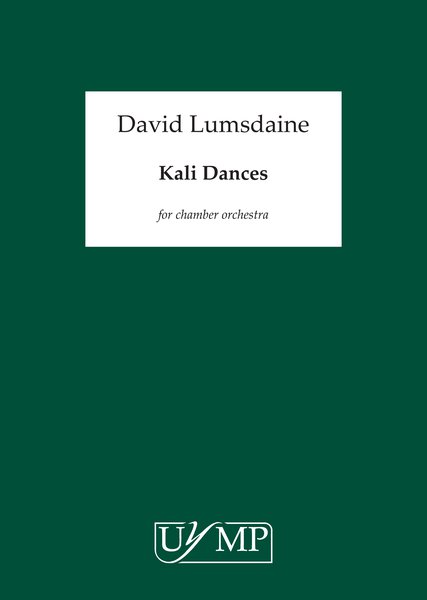KALI—the female personification of time. KALI—an extreme embodiment of the creative and destructive aspects of our nature. KALI—a vortex of energy: benign, beautiful, cruel, grotesque.
The music is in a single movement, broken into a number of sections, the main parts being the two strophes and the central antiphons. Perhaps the hockets are Kali's garlands; the choruses, invocations; and the solos in the Antiphons, the songs of Kali's birds. Its sections are:
Hocket 1
Chorus 1
Hocket 2
1st Strophe: Nocturne (piano and flute solos)
Hocket 3
Chorus 2
Antiphons: Aubade (Wind, brass & vibraphone solos)
2nd Strophe part 1 (Piano solo)
Chorus 3
2nd Strophe part 2
The character of the music grows out of extreme polarities; oppositions which mate, dissolve and reform. It demands both individual and ensemble virtuosity from all the musicians, but the piano has a particularly outstanding role. Players need the greatest metrical precision at high speed, as well as the ability to float in their own time, apparently unconcerned by anything that's going on around them.
Kali Dances lasts 21’; it was commissioned by SYDNEY ALPHA and first performed by them with Stephanie MacCallum, piano, in Sydney, 1994. It is dedicated to my good friend and fellow composer, Gillian Whitehead.

